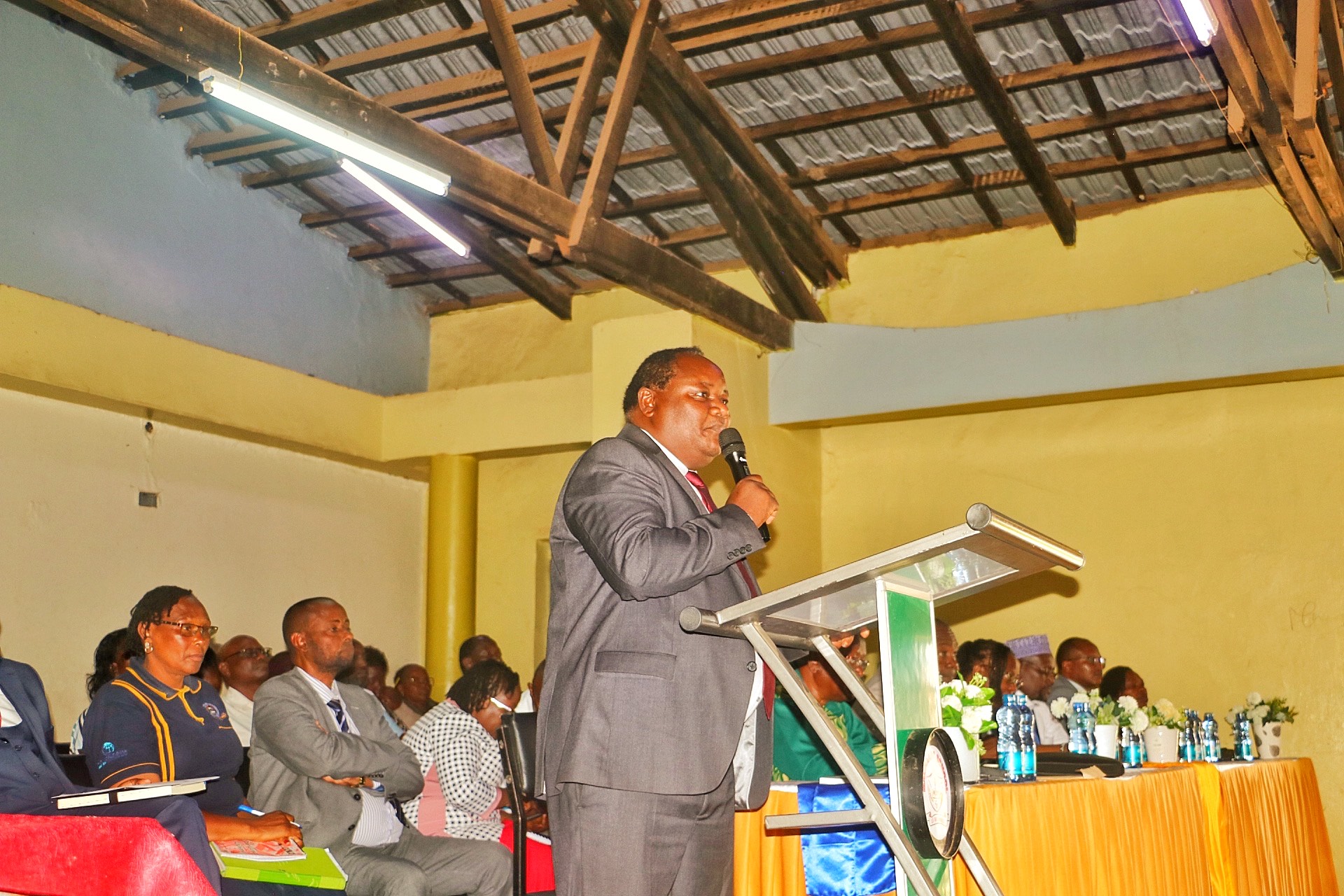Located on the outskirts of Nyeri town, the white-colored building stands magnificently among other modern buildings, attracting scholars of all walks of life in the education sector and beyond.
The only sellout is that the building is a museum that hosted the African native court in the white post indicating the National Museum of Kenya – Nyeri.
The historic building that was constructed 99 years ago
The house was used by British rule to punish errant members of the colonial community.
It also dealt with customary and criminal cases.
The court was an important asset to the community before Nyeri law courts were opened in 1961, just two years before Kenya got its independence and is a reminder of colonial heritage.

The court was later converted to a museum, and it attracts scholars from different parts of the country, who flock to learn more about the Maumau movement.
Inside the building, the main courtroom takes a U shape, which could hold up to 30 people, with the front row where the judge and his assistants would sit.
According to the Nyeri Museum Curator, Wambui Mwangi people living around Ruring’u were not consulted during the construction of the court, but with time it gained popularity as a court dealing with civil and criminal cases moreover pregnancy disputes.
“The matters presented here were handled by a group of clan Elders who were picked from the community and were considered to be the best elites.
The concrete seats are elevated according to the hierarchy, others could stand behind the judges,” she said.
“The court was commonly referred to as “igoti ria mahuu” since it mostly solved pregnancy disputes,” she added.
She added that some of the cases heard and determined by the native court involved marital issues, land border disputes, pregnancy cases and other criminal cases where those found guilty were fined by the court or detained if they failed to pay fines as ordered by the elders.
“The court brought to an end cases where those involved in criminal activities could be put into beehives and rolled down the hill or set on fire,” she said.
She added that the most outstanding case involved the late David Kariuki Gikonyo who was a prison officer and was found guilty of impregnating 9 girls.
“Gikonyo pleaded guilty and was told to take care of all the girls and their children,” she said.
She said the penalties for those found guilty ranged from handshake, wealth fines, curses and serving some detention.
The old court gradually became obsolete in the 1960s after the Nyeri law courts were built in Nyeri town.
The native court now serves as the Nyeri National Museum and it attracts scholars from various parts of the country who want to learn more about the struggle for independence.
By Macharia kiarie
Get more stories from our website: Education News
To write to us or offer feedback, you can reach us through: editor@educationnews.
You can also follow our social media pages on Twitter: Education News KE and Facebook: Education News Newspaper For timely updates.






